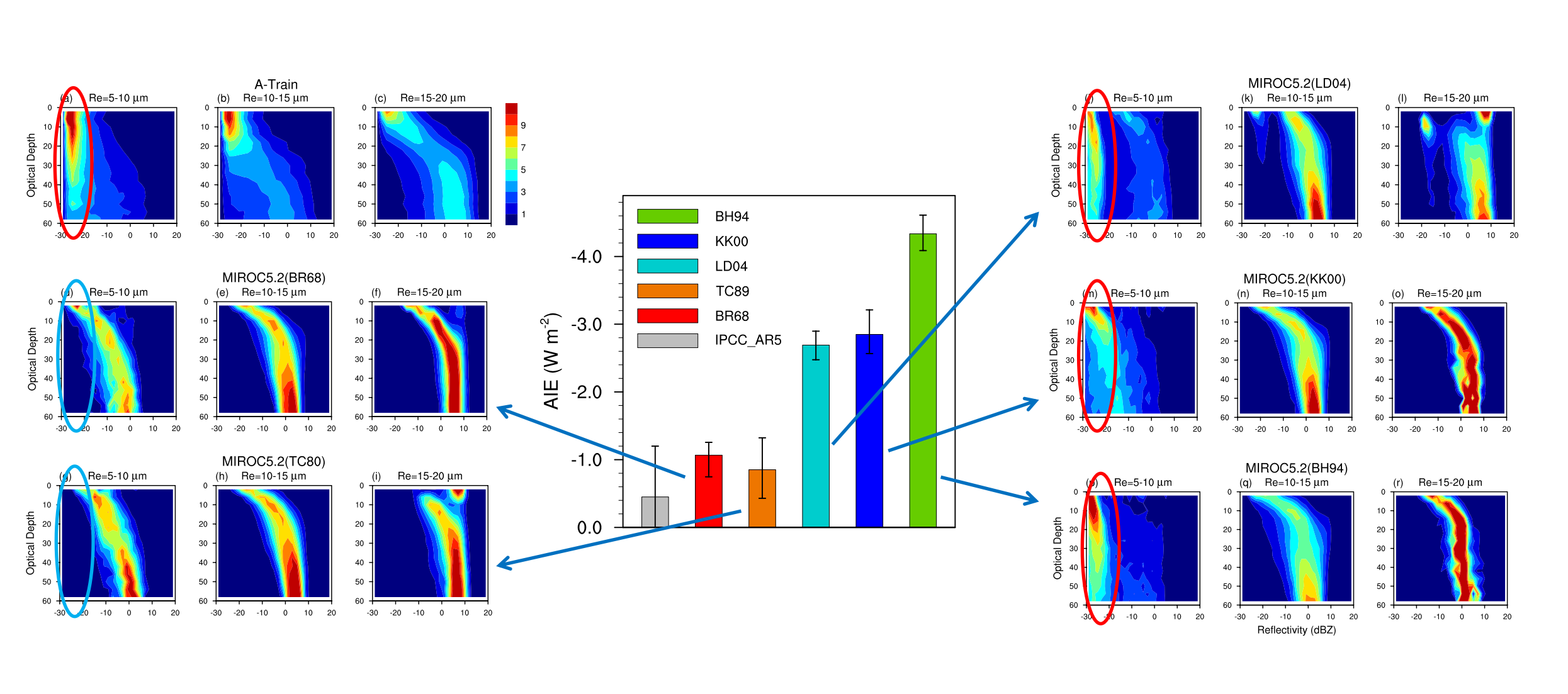Aerosol-cloud-precipitation interaction modelling
Climate scientists rely on numerical climate models to project temperature changes in the coming decades. The credibility of the projections is argued to arise from the fact that models are able to reproduce well the temperature trend in the past century. However, success in reproducing the past does not necessarily mean credible projection for the future, because the former may be a result of compensating biases in the models, which potentially misrepresent the relationship between changes to the energy balance and aerosols/clouds. In our study, compensating biases were found to exist between rain formation and other processes in multiple models. Specifically, models tend to generate rain too frequently against satellite observations, whereas satellite-based improvements with respect to the rain process yield an unrealistically strong aerosol indirect effect that can substantially cool the surface. This means that dual efforts are required to derive trustworthy projections of future climate changes: on the one hand, the rain-formation process should be represented realistically in accordance with observations, while on the other hand, errors in the interaction between rain and aerosol/cloud should be mitigated. 
